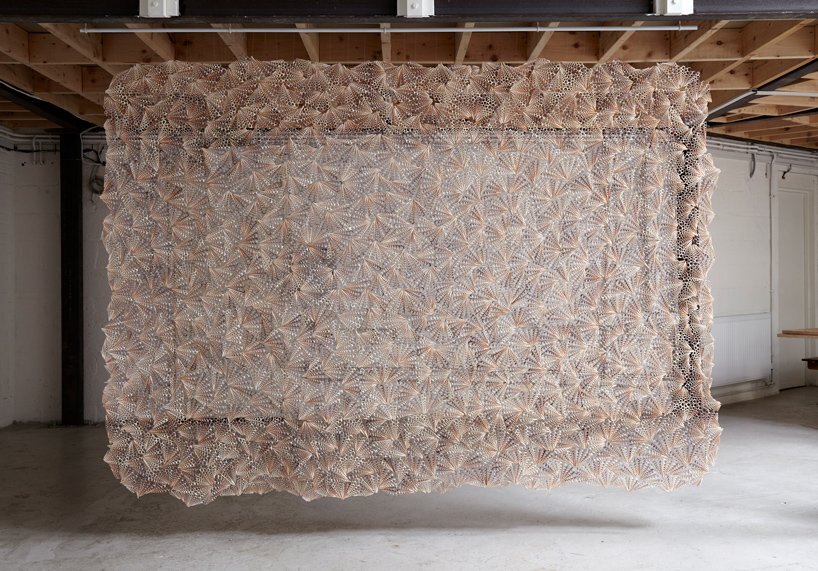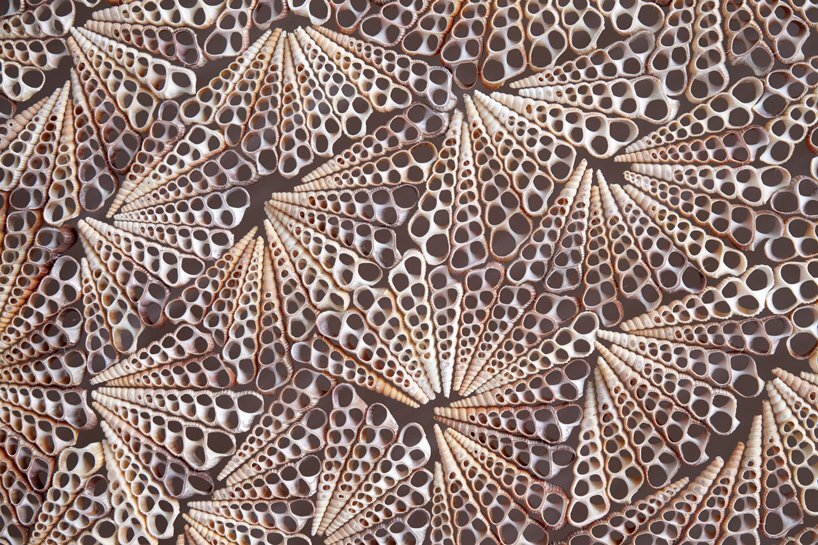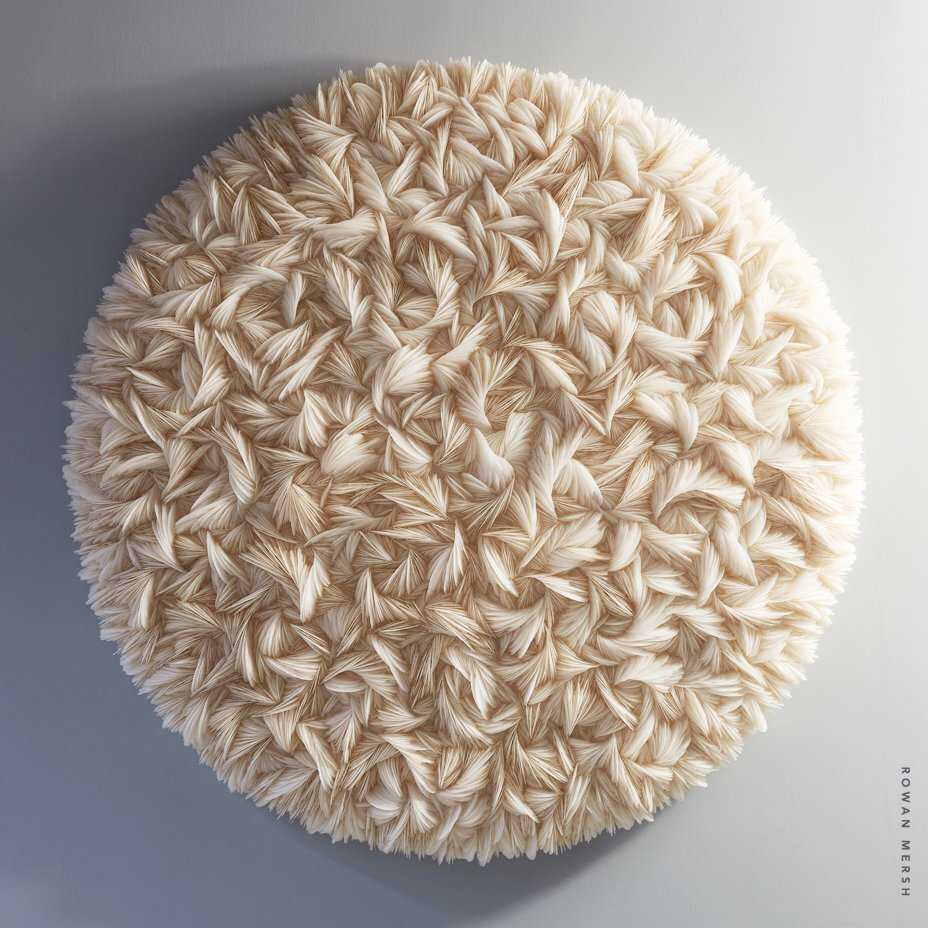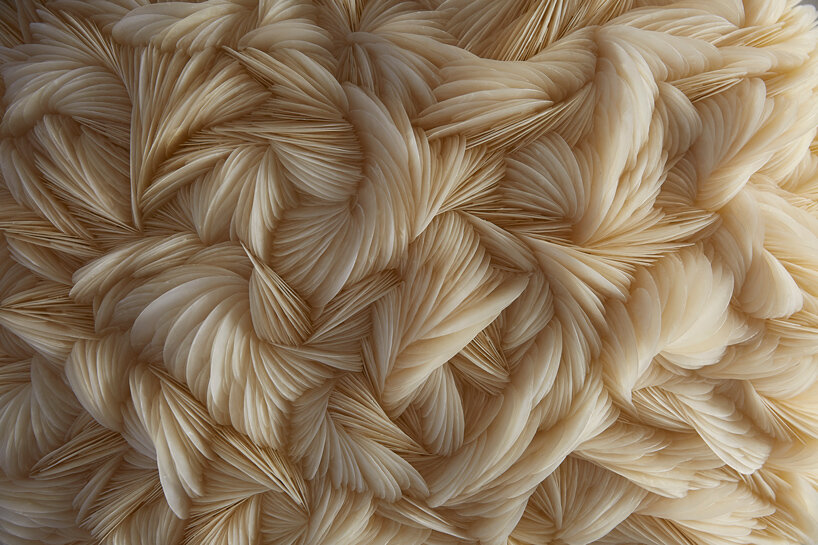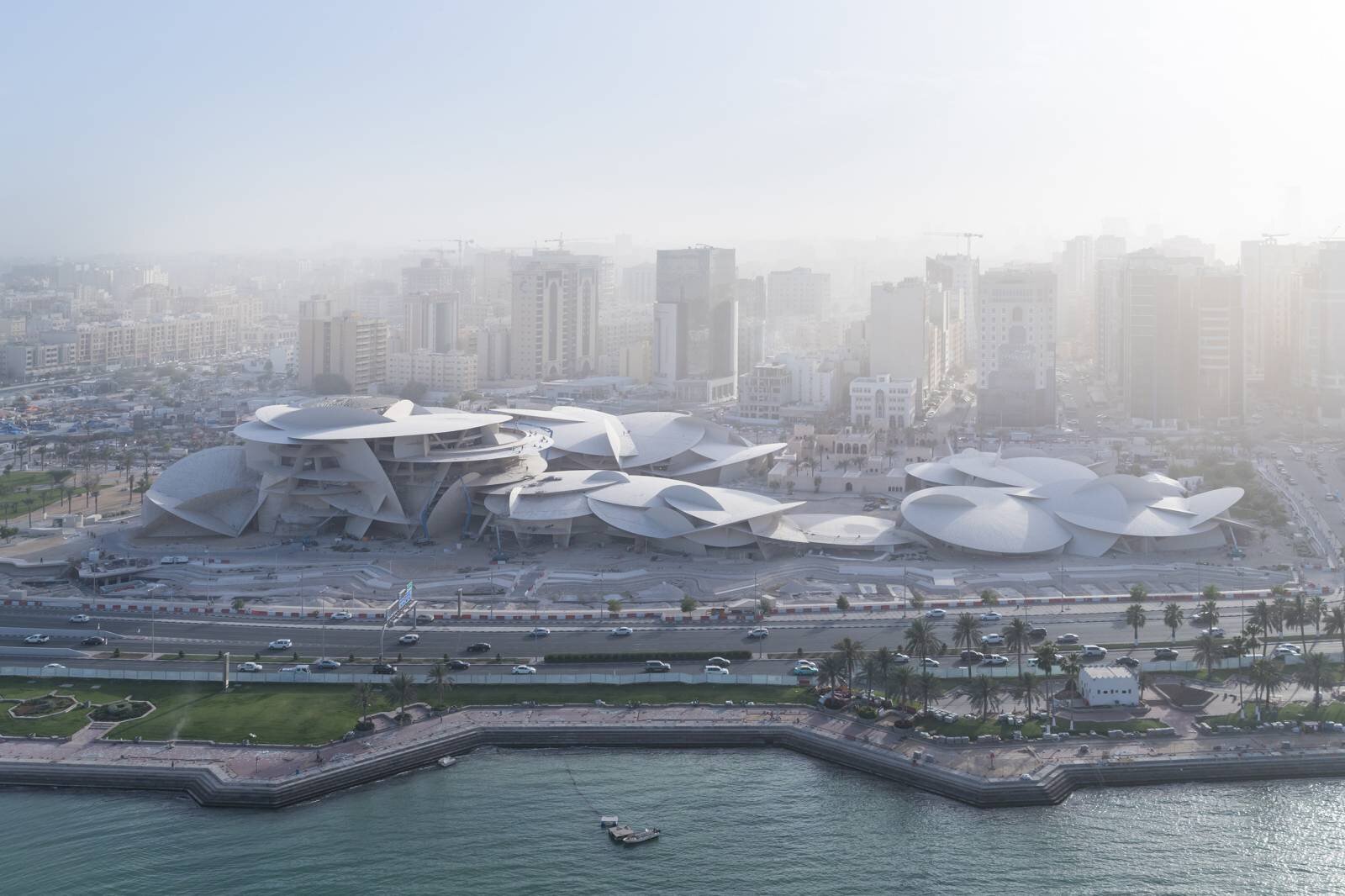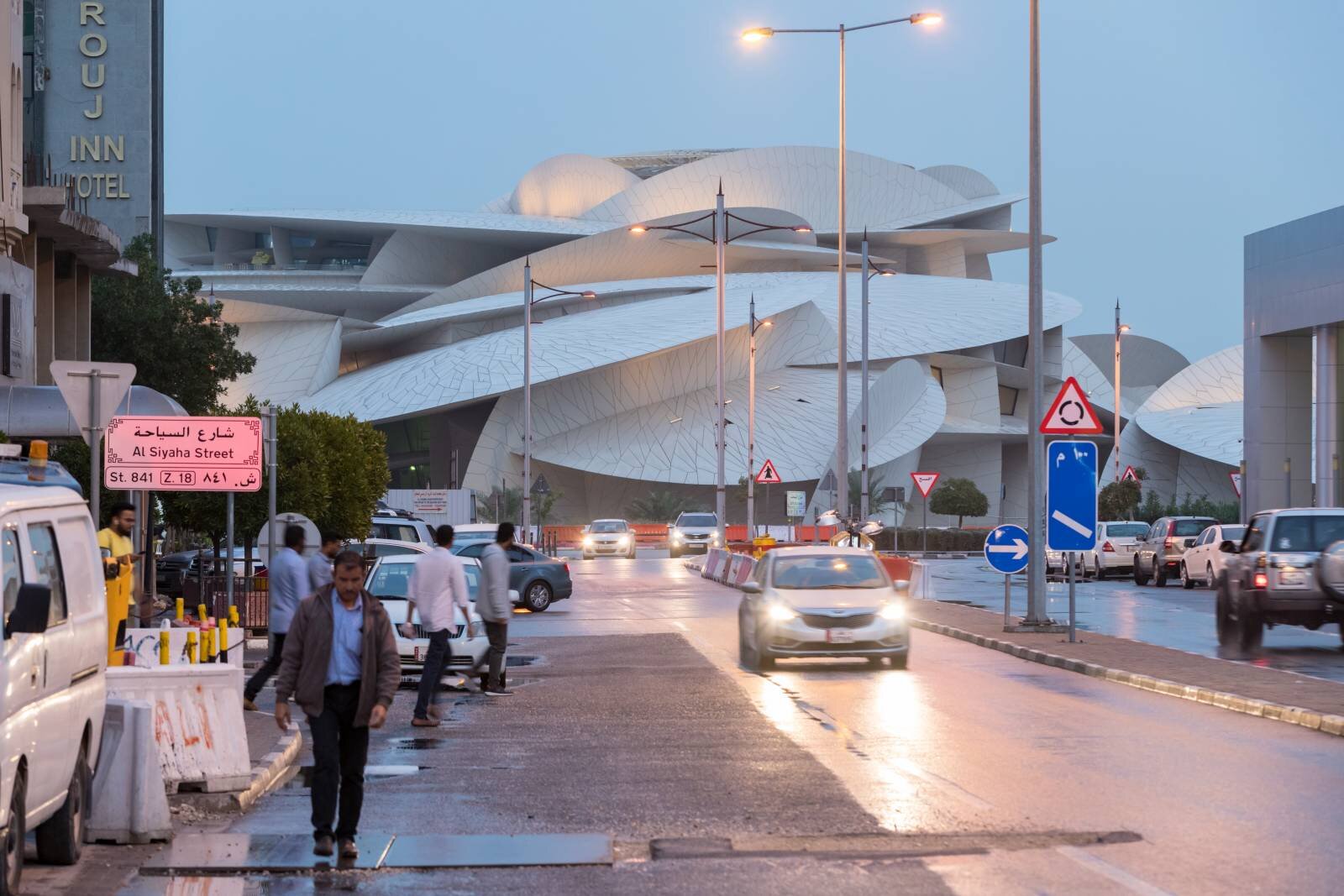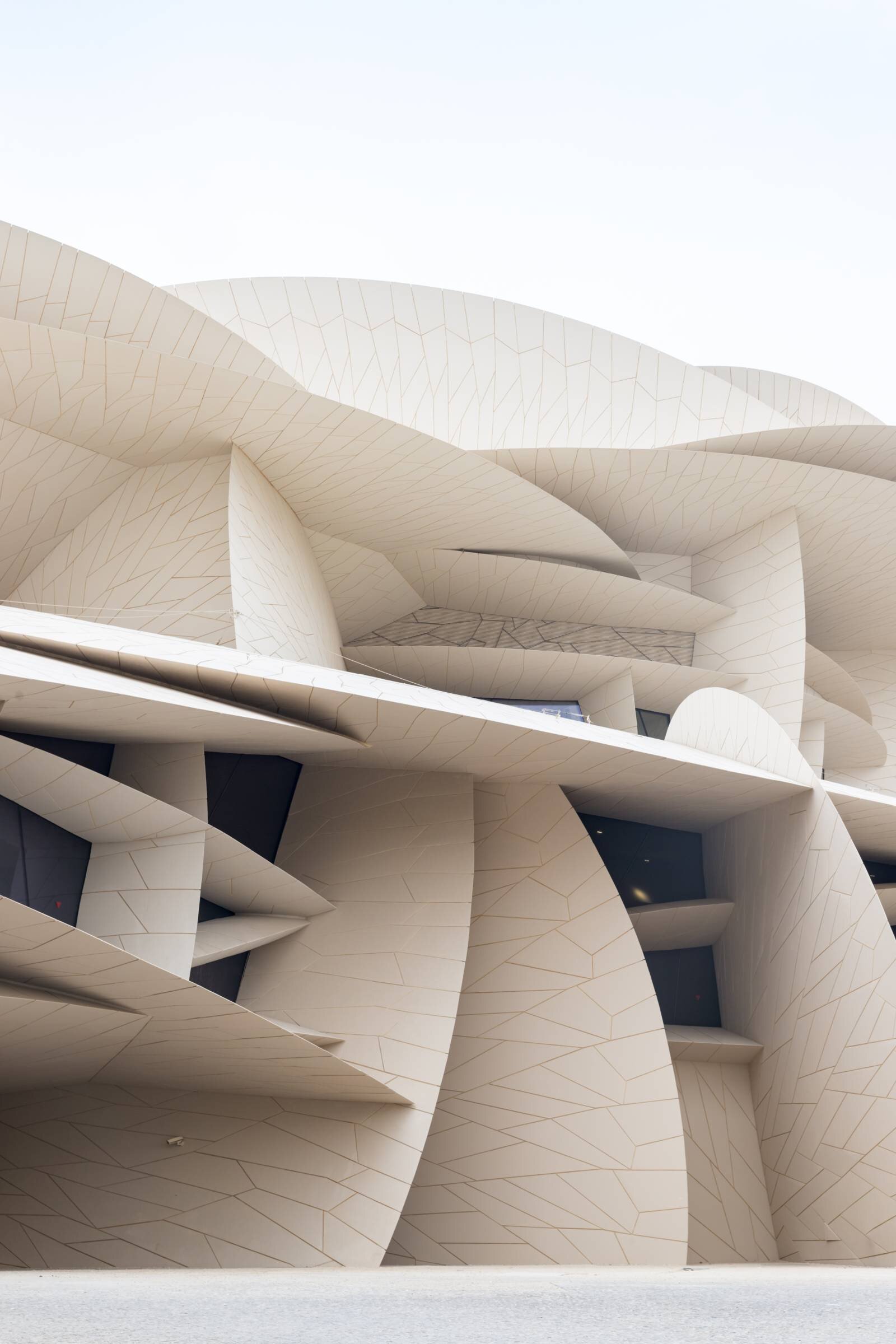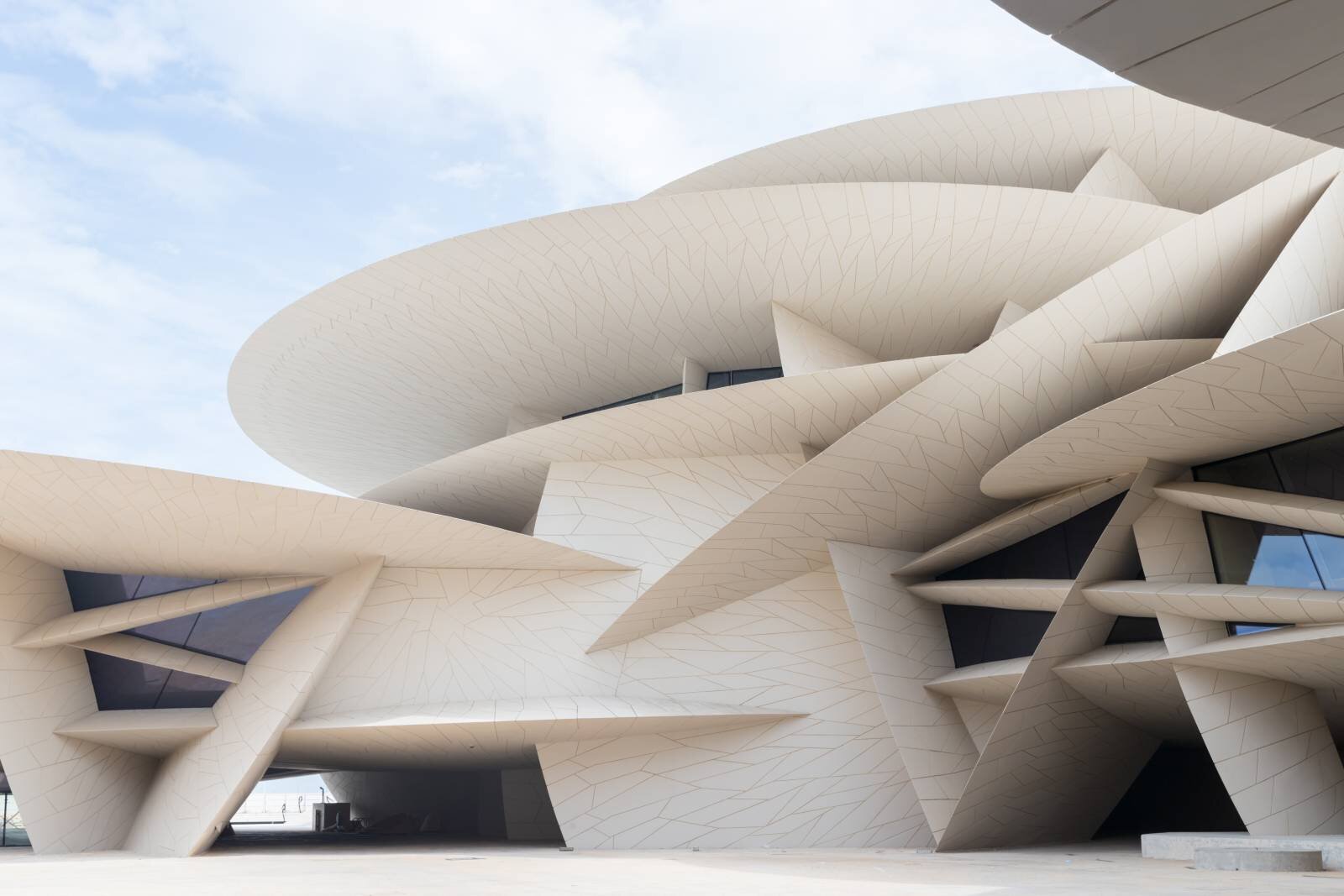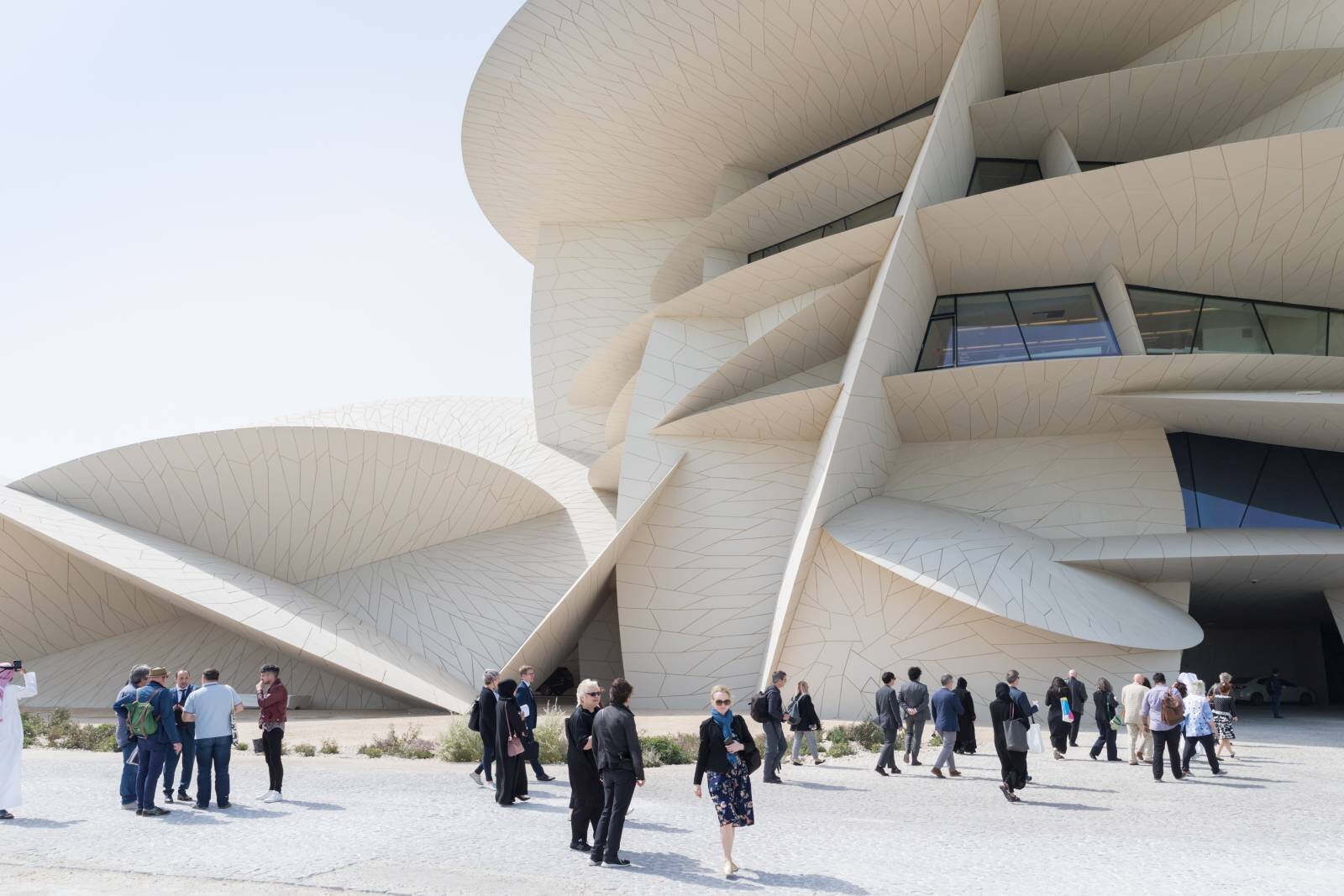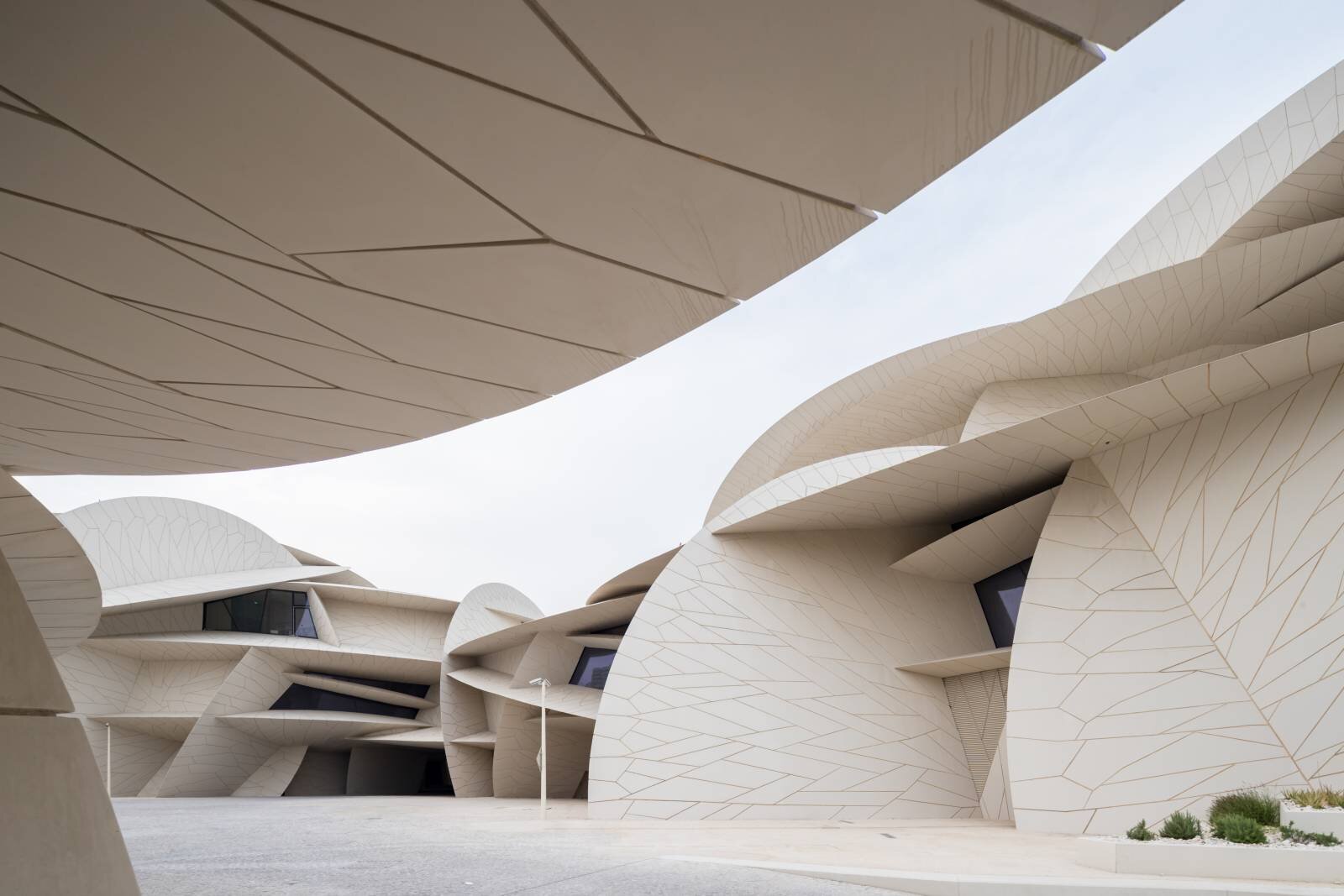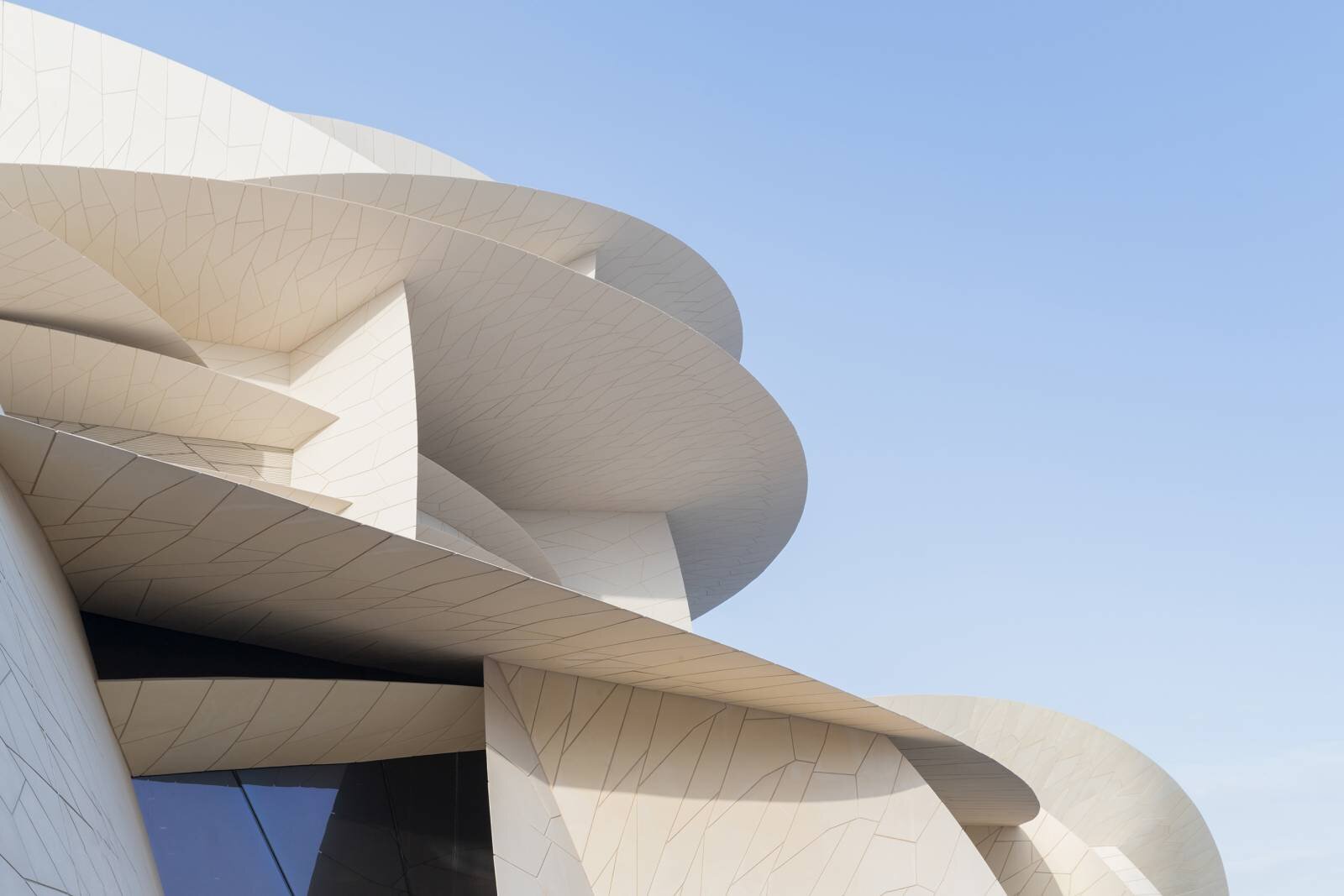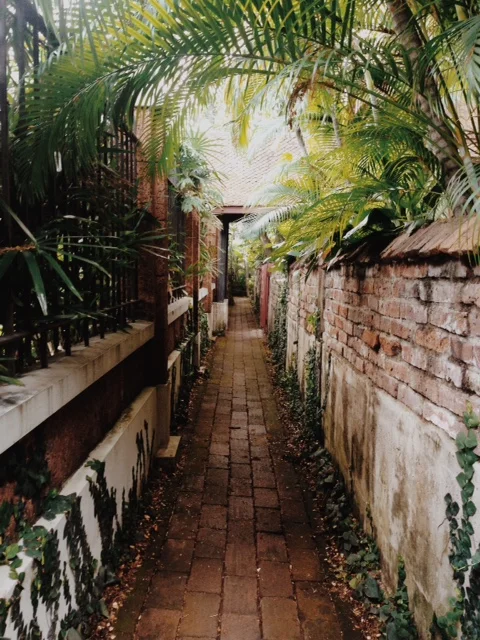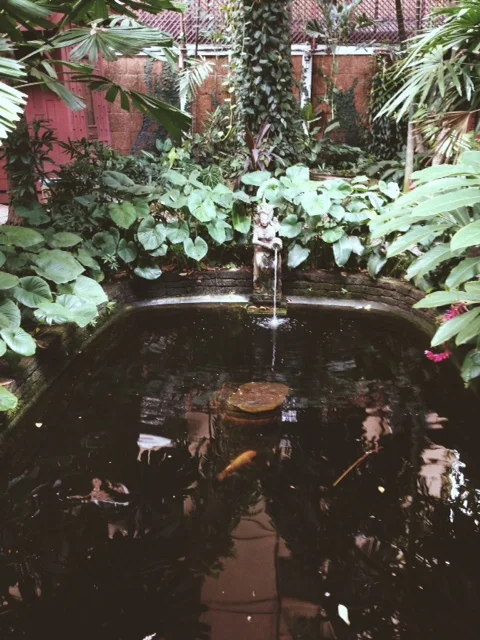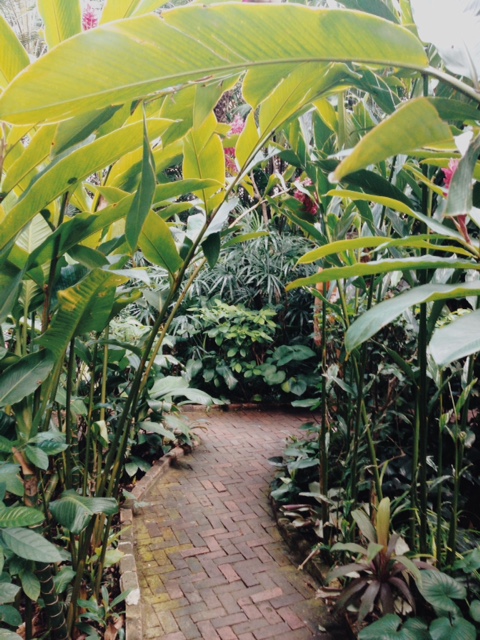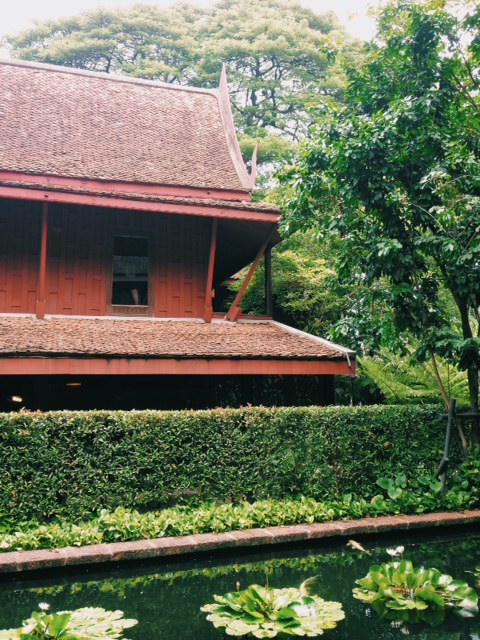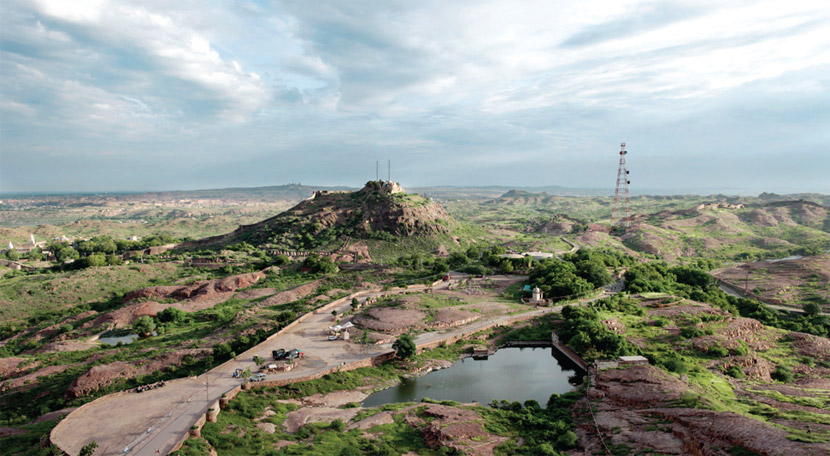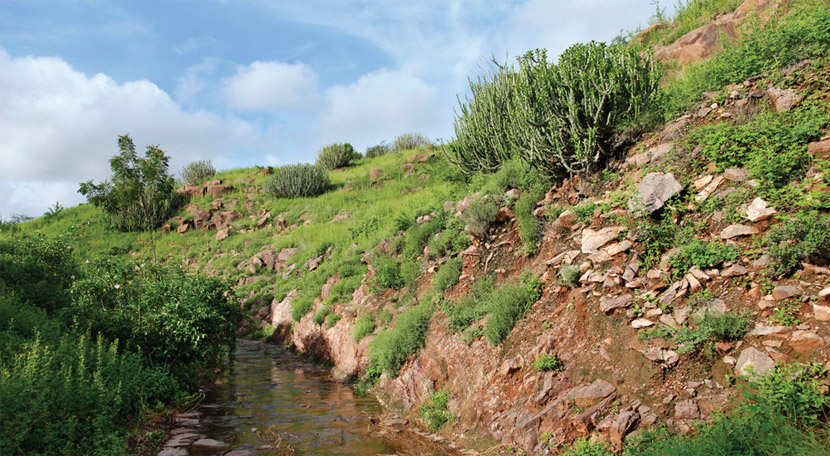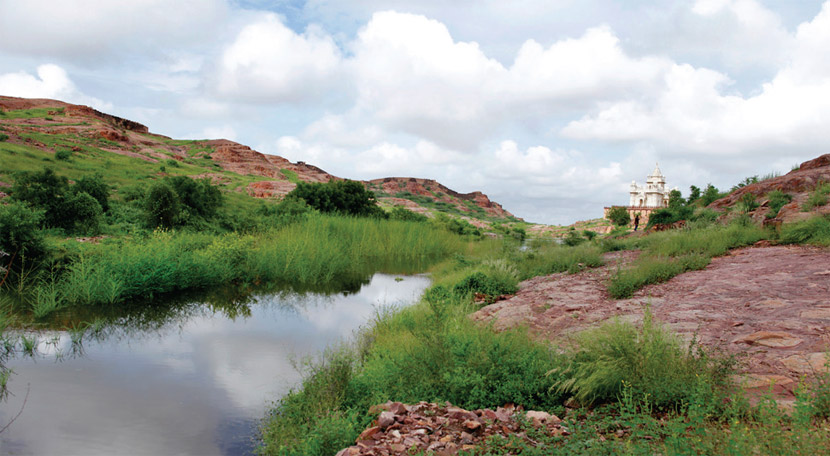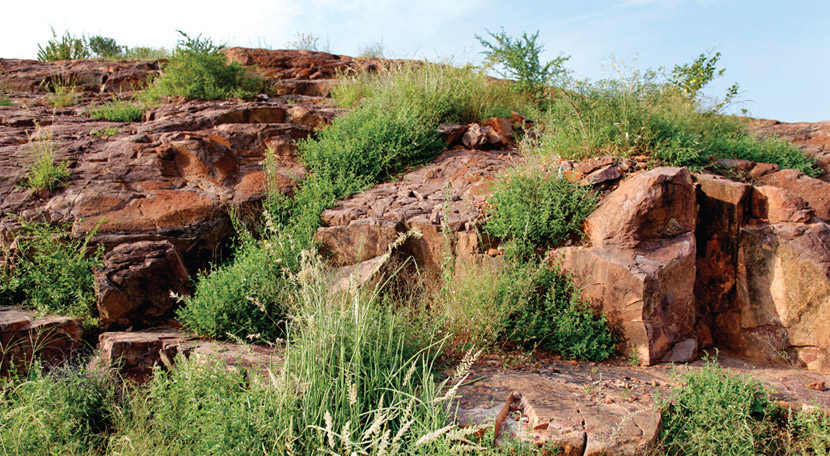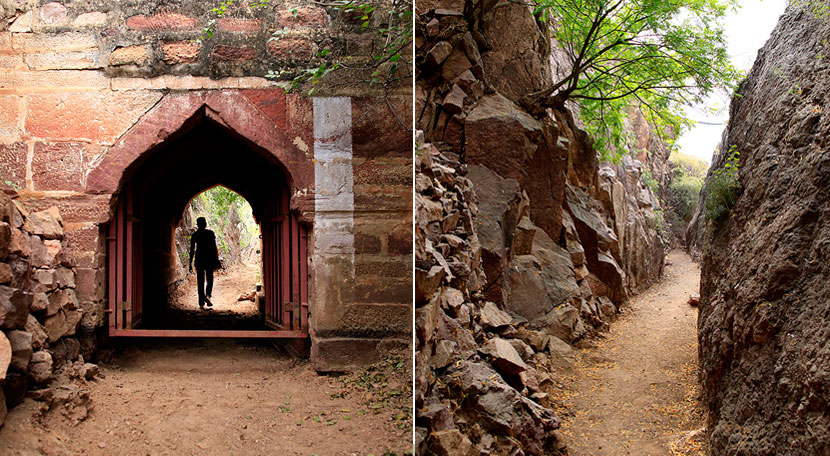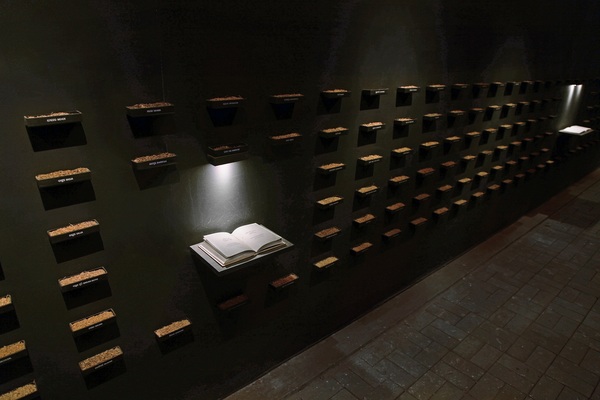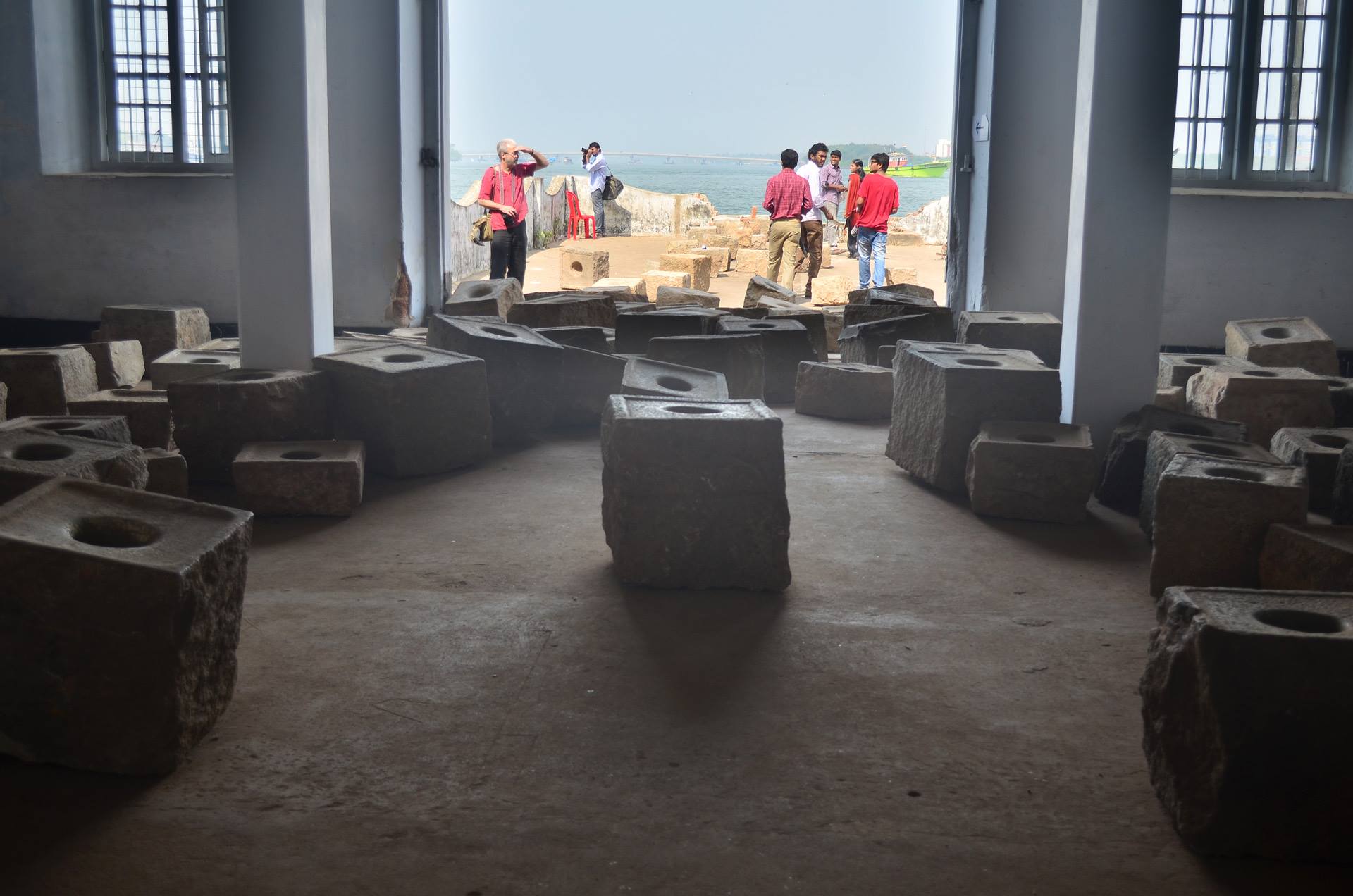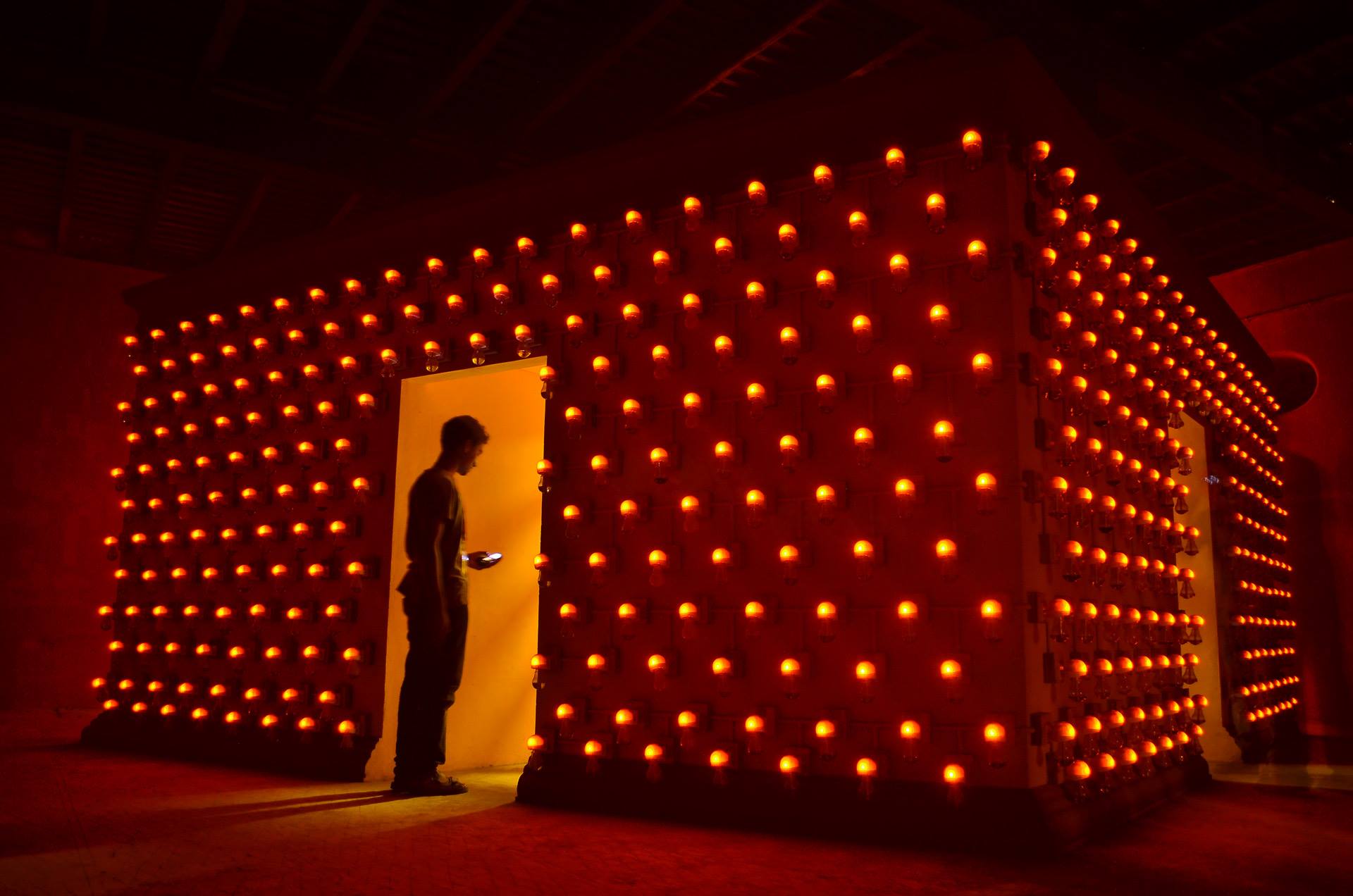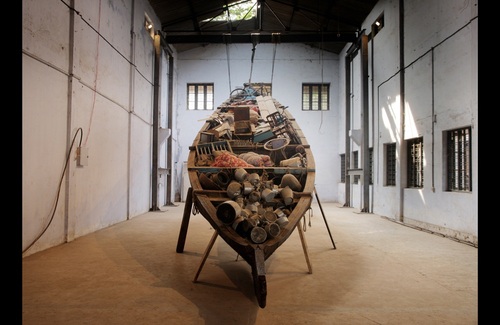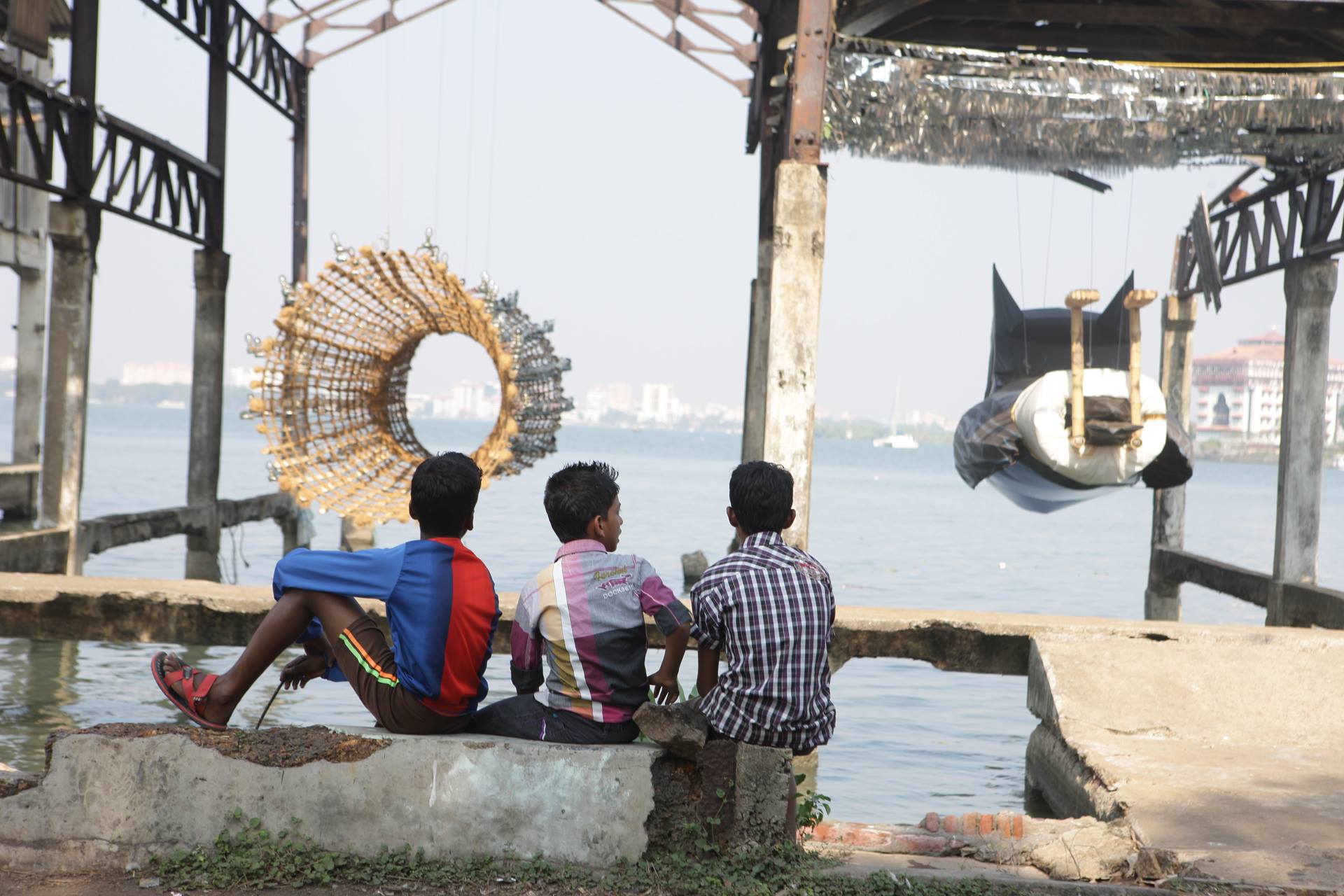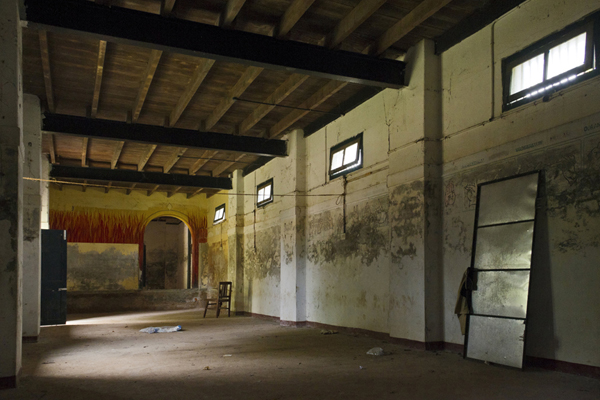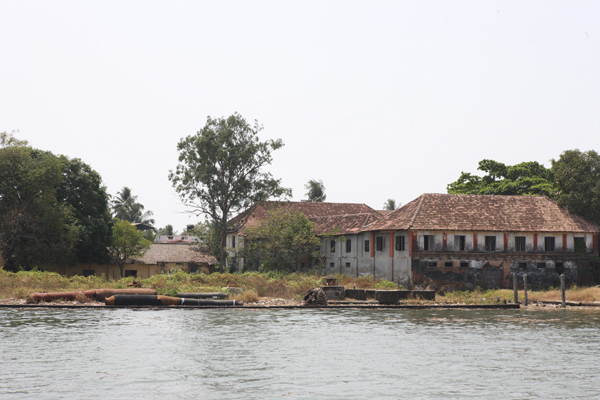I personally like to collect specimens from nature. My favorite ones are seeds and shells. So when I came across the work of Rowan Mersh on Designboom, it caught my eye and really captured my imagination. He uses shells to weave fabric like artworks! Enough said, see the images below and they will transport you as well.
Images from Designboom
And around the same time, I also came across the new National Museum of Qatar by the genius architect Jean Nouvel. This building is goes ‘beyond’ everything we thought architecture can be… A great example of architecture as art, it looks like a building manifestation of Rowan’s artwork. The inspiration from nature is so apparent that one doesn’t really need any descriptive text to be in awe of the form, the structure, the color and the scale of the building. I think I will visit Qatar just to visit this museum (just as soon as COVID stops terrorizing us).
Images from JeanNouvel.com



